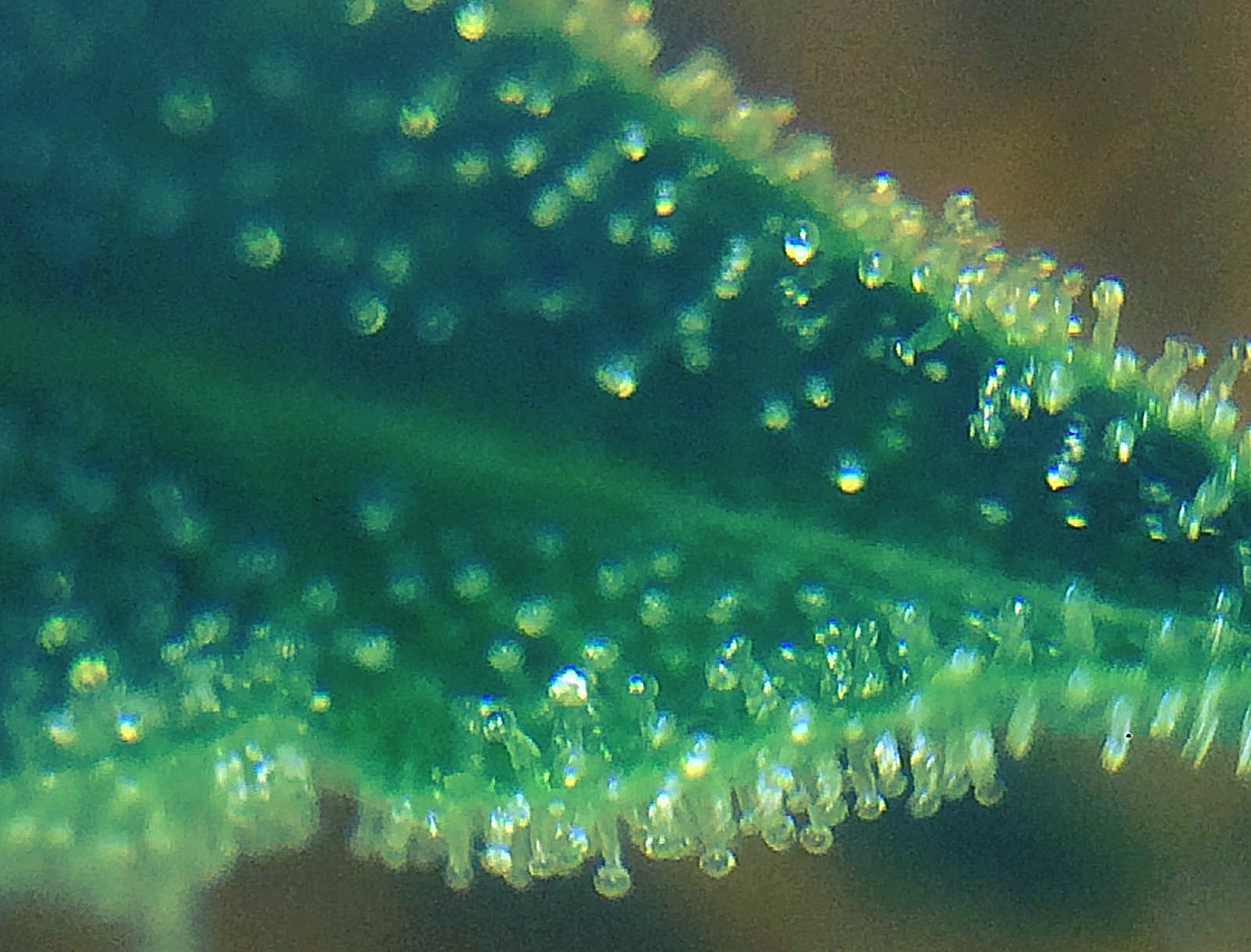When to cut a Bud
Patience we have for the whole marijuana growing period and, of course, we do not want them cut a day or two before the nugs get to their most potent state. “When to cut a bud” question arises, and here we give an answer and a couple of considerations to understand the whole idea.
The most common recommendation and the classic approach, so to say, is “WHEN approximately a one half of the trichomes of the particular marijuana plant change their color from milky to amber”, the latter is orange. Makes sense and it works. Let’s discover now the full iceberg of the pot gathering techniques, and why this color even changes to amber. Not just because it’s beautiful.

As always, this is a matter of taste, both literal taste and feeling the potency of marijuana, so don’t you be shy experimenting. There are other periods in the growing cycle when you can try cutting the marijuana plant. Maybe edibles are the very purpose and your intention is to try to cure them after, as by decarbing, and then taste if such may “hit the target” better or not. Any other purpose even if a commercial one, however, the “A roughly one half of the trichomes are amber in color” just works.
Transparent trichomes, Milky trichomes and Amber trichomes
The earliest possible (or reasonable) time when you can cut your marijuana plant is the stage when one half of trichomes are transparent, while the other half only starts applying the color of milk, which is white but people call it milky for the marijuana buds. The resulting marijuana, cut at this stage, shall reportedly give a higher euphoric effect when smoked but such shall last a shorter time. Also the marijuana cut on the “milky stage” shall not feature a “deep taste”, not too deep comparing to the cuts during the amber period of the weed development. A matter of immature chemistry of the compounds of a plant I can guess, such as trichomes responsible for the taste, and active components responsible for the HIGHness and other effects. Same as other fruits of nature basically.
[spinweed]
Use of Microscope
The experienced marijuana growers really use the microscope to determine the condition of trichomes with the help of the powerful optics. Not all of them of course. Yes, you heard it right, the microscope. The enormous magnification helps clearly to discover the trichomes condition, the amount of color in them, and not only color. The color of trichomes you can see with a bare eye, yes, but magnified you shall see how the color spreads, then you shall make notes as a real cannabis scientist, and make your decisions somewhat scientifically. Exploration is the power horse of the science.
The microscope’s main purpose when aplied to the buds growing and trichomes detection is the precision! A little geeky, I agree, but finding your “secret formula” is a beautiful motivation, after all.

1 — transparent trichomes
The transparent color of marijuana trichomes on the buds (technically speaking, this is the absence of any color) shows the plant is not yet ready. The transparent trichomes hardly contain any THCA or THC, where the latter is the main psycho-active component of marijuana but not the only one, and the former is its previous chemical form as “acid” (that is why we have the letter “A” over there in the THCA name). To be precise, there shall be THCA (the acid) dominating in the marijuana buds and shall convert later into pure THC. Called decarbing.
2 — milky trichomes
As time goes on the marijuana trichomes are losing their transparency becoming milky and non-transparent. The milky color of marijuana trichomes on leaves and buds usually signifies the high maximum of THCA (THC Acid).
3 — amber trichomes
The amber color comes and spreads when THCA (THC Acid) in trichomes starts its transformation to THC, the desirable psychoactive component in cannabis. This stage starts when the very tips of trichomes go amber, they become like covered with small hats. The effect is well seen with a jeweler’s magnifying glass, 10x magnification.
Microscope?
Using microscope might be beautiful fun, food for our general curiosity, however, the trichomes are well seen with a bare eye too. The color and structural properties we can detect with bare eye or magnifying glass, say, a 10x magnifying glass that jewelers use and sell in their shops.
Tue, 25/Jul/17
